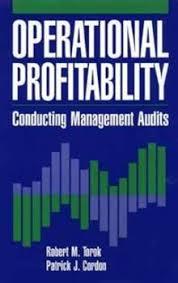Question
Scarlett performs further analysis on the computer and learns that each MX332 jet engine requires two parts numbered 10003487. Each part 10003487 accepts one solid
Scarlett performs further analysis on the computer and learns that each MX332 jet engine requires two parts numbered 10003487. Each part 10003487 accepts one solid steel part molded into a cylindrical shape as its main raw material input. The data shows that several times the delivery of all the stationary parts for the MX332 to the assembly plant got delayed for up to one and a half months only because a part 10003487 was not completed. And why wasn't it completed? The factory had run out of those steel parts and had to wait for another shipment from its supplier! It takes the supplier one and a half months to produce and deliver the steel parts after receiving an order from the factory. Once an order of steel parts arrives, the factory quickly sets up and executes a production run to use all the steel parts for producing parts 10003487. Apparently the production problems in the factory are mainly due to the inventory management for those unassuming steel parts. And that inventory management appears to be completely out of whack. The only good news is that there is no significant administrative cost associated with placing an order for the steel parts with the supplier.
After Scarlett has finished her work on the computer, she heads to Bryan's office to obtain the financials needed to complete her analysis. A short meeting with Bryan yields the following financial information.
Setup cost for a production run
to produce part 10003487: $5,800
Holding cost for machine part 10003487: $750 per part per year
Shortage cost for part 10003487 (includes
outsourcing cost, cost of production
delay, and cost of the loss of
future orders): $3,250 per part per year
Desired probability that a shortage for
machine part 10003487 will not occur
between the time an order for the steel
parts is placed and the time the order is
delivered: 0.85
Now Scarlett has all of the information necessary to perform her inventory analysis for part 10003487!
(c) What is the inventory policy that American Aerospace should implement for the steel part required to produce part 10003487?
(d) What are the average annual holding costs, shortage costs, and setup costs associated with this inventory policy?
(e) How do the average annual holding costs, shortage costs, and setup costs change if the desired probability that a shortage will not occur between the time an order is placed and the time the order is delivered is increased to 0.95?
(f) Do you think Scarlett's independent analysis of each stationary part could generate inaccurate inventory policies? Why or why not?
(g) Scarlett knows that the aerospace industry is very cyclical the industry experiences several years of high sales, several years of mediocre sales, and several years of low sales. How would you recommend incorporating this fact into the analysis?
Step by Step Solution
There are 3 Steps involved in it
Step: 1

Get Instant Access to Expert-Tailored Solutions
See step-by-step solutions with expert insights and AI powered tools for academic success
Step: 2

Step: 3

Ace Your Homework with AI
Get the answers you need in no time with our AI-driven, step-by-step assistance
Get Started


